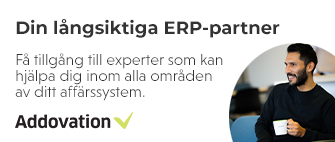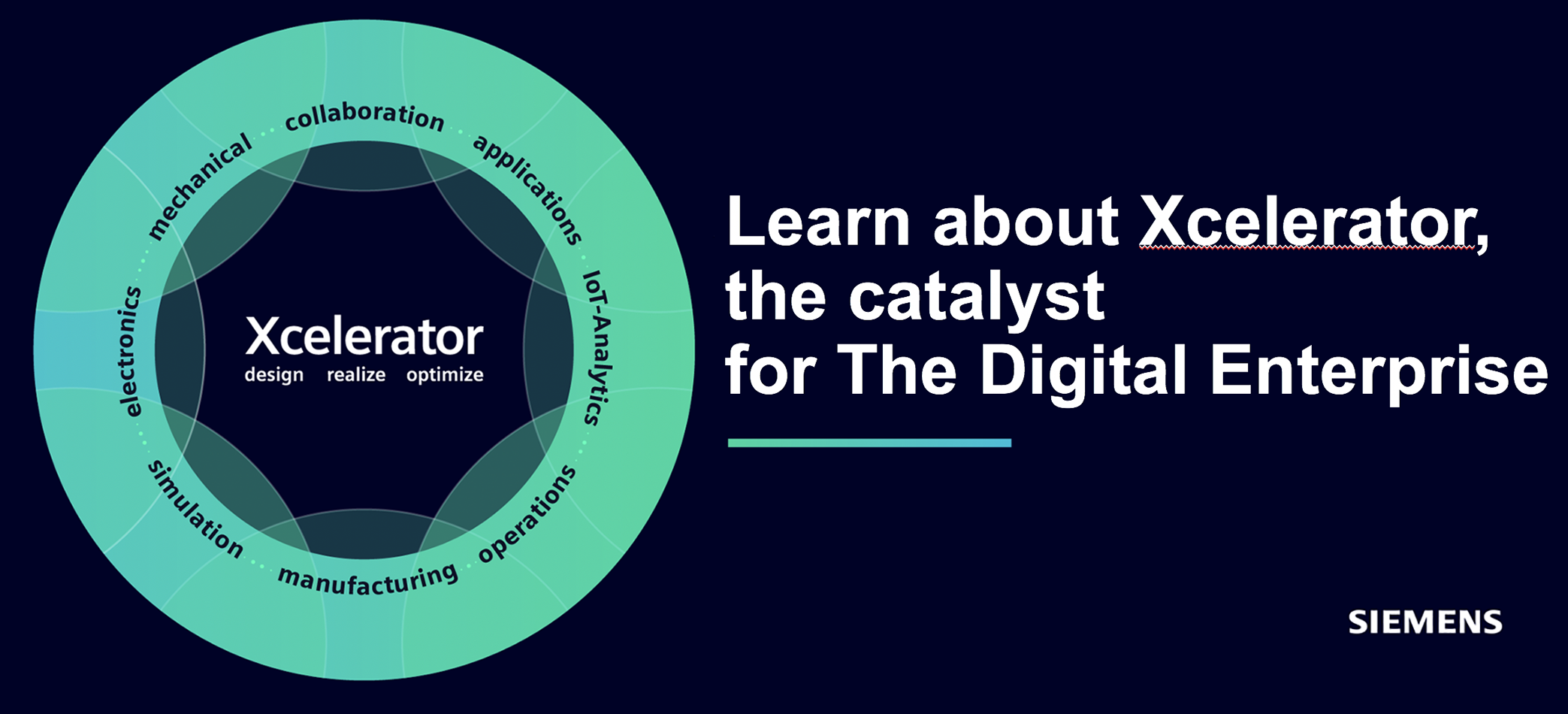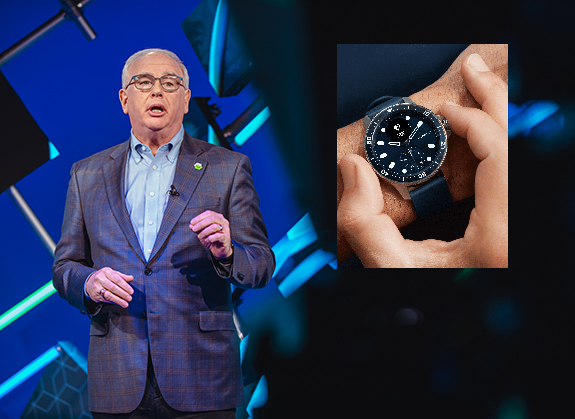We will first take a look at what Withings produces. The company is based in France and thus manufactures hybrid smartwatches, smart scales, blood pressure monitors, thermometers and sleep sensors that track fitness and health via a mobile app. The challenge in this was above all to replace what was perceived as inefficient manual processes for tracking design changes. But the collaboration side was also a problem; the product development team wanted to find better solutions to speed up communication between their engineering teams in order to share the French core engineering team’s latest design changes in real time with their engineering and manufacturing partners in Hong Kong and China.
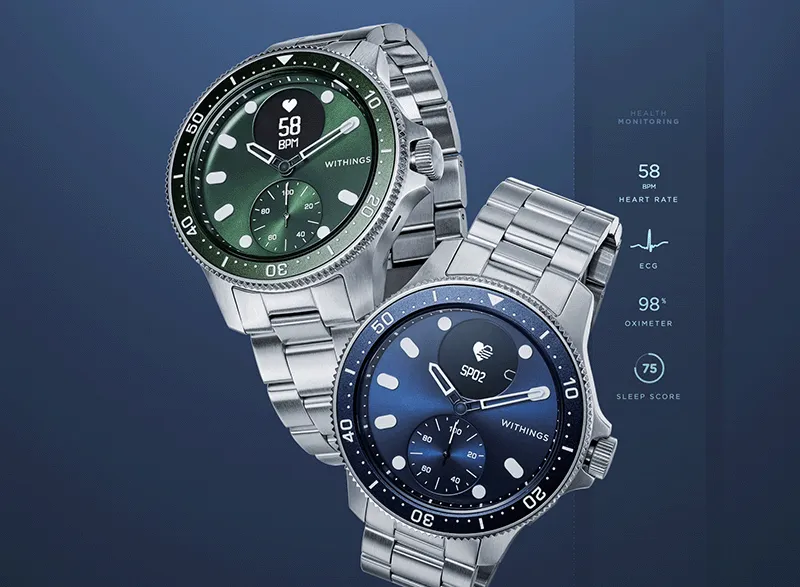
”The world’s most advanced health tracking watch”
How was the matter resolved? In connection with developing the world’s first hybrid smartwatch, ScanWatch Horizon, the company decided to use the Onshape platform for the development work. The wrist part of the watch looks like a traditional analog watch, the Rolex kind of look, but it is equipped with additional sensors that relay critical real-time health information (ECG, heart rate, SpO2, activity) to Withings Health Mate mobile app.
This watch has become known as ”the world’s most advanced health tracking watch” and is also the first consumer device to track two important health metrics, ECG for atrial fibrillation (an irregular fast heartbeat) and SpO2 (blood oxygen saturation).
The watch’s medical standard was praised, among other things, in a 2022 product review by CNET.com:
”There’s a lot to like about the Withings ScanWatch Horizon,” reads the review. ”It looks like a classic dive watch with a stainless steel case and rotating bezel. It has tons of health features like an electrocardiogram and blood oxygen tracking, both of which have received approval from the US Food and Drug Administration. Apple, Fitbit, and Samsung can’t say the same.”
”Our mission is to empower people to take better care of their own health and to help them achieve their personal goals while collecting medical-grade data,” says Benoit Tucoulat, Withings Head of Mechanics and Applied Science.
Management of the version control
Using the cloud-based Onshape solution as the primary design platform, the product development team sought to solve some of the version control issues they were experiencing with their existing file-based CAD PDM software.
Heavy points of this swap were Onshape’s combined cloud-based CAD system with built-in PDM and collaboration tools for real-time communication. It was in 2019 that the engineering team implemented this switch to replace their older, inefficient manual approach to version control.
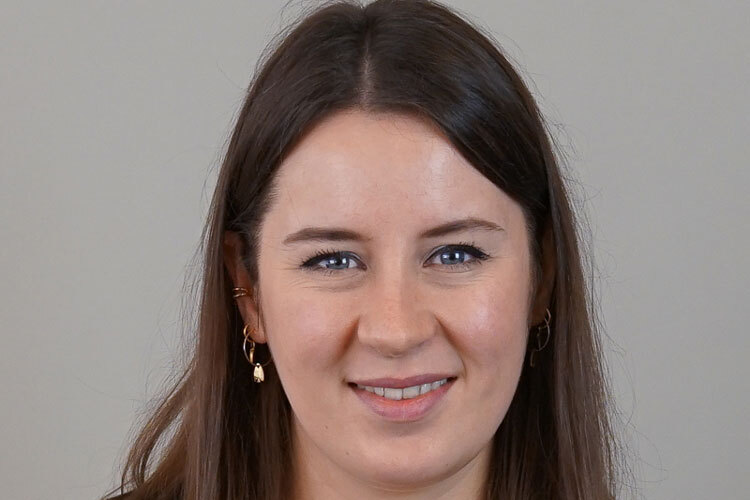
According to Manon Navellou (on the picture to the left), Withings Mechanical Team Leader, the tracking of design iterations by renaming file copies was particularly prone to human error.
”When we versioned manually, we sometimes lost data because someone saved their design on top of someone else’s,” Navellou exemplifies. “With our previous CAD system, our team’s biggest challenge to avoid mistakes was getting to a situation where the part number of the version that we sent to our suppliers were unique.”
Coordination of 16 CAD users
“The manual rules just weren’t working for us anymore and the process became really painful,” says Benoit Tucoulat, adding: “Our company grew and we designed products with more and more variants. But our version control system was not scalable.”
To ensure that all of its 16 CAD users are working with the latest version of a design, Withing now uses Onshape’s real-time data management. Whenever a member of the engineering team makes a design change, everyone else on the team can see it instantly. An extensive edit history tracks who made which change and when, allowing the team to instantly revert to a previous iteration if desired.
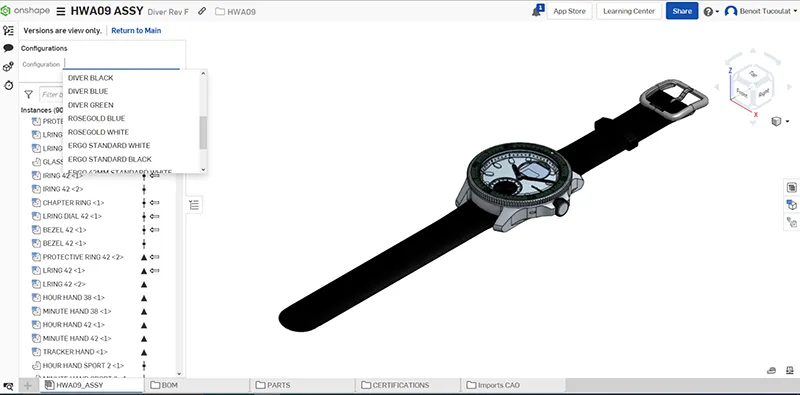
Streamlining collaboration and communication
To design and manufacture its ScanWatch Horizon, Withing thus has product development teams in France, Hong Kong and China.
Before the covid-19 pandemic severely limited business travel for nearly two years, Withings Paris-based engineers needed to physically travel to China 4 to 5 times a year. In China, however, it was sometimes difficult to access design files stored on local servers. To meet this, the French team would need to download all the latest design files onto their computers before traveling to China.
With the help of Onshape, the core engineering team in France can now instantly share the latest design changes via the cloud with their colleagues, suppliers and manufacturing partners abroad – overcoming one of their most frustrating communication bottlenecks. There is no longer a need to send large files back and forth by email or Dropbox. Everyone around the world always has the latest and most accurate information.
Withings further points to two important Onshape collaboration tools and their roles in the development work – Branching and Merging, and Multi-Part Part Studios. These provide excellent support and speed up Withing’s design process. Several of the company’s engineers can now simultaneously branch off from the main design and explore alternative designs independently, then come back later to merge the best ideas into a final design.
Onshape’s modeling environment also allows engineers to design multiple related parts simultaneously in the same space versus bouncing back and forth between individual part files. This process mimics how the brain works to create juxtapositions.
How Withings Saves $50,000 a Year in PDM Costs
According to Tucoulat, Onshape’s native built-in PDM saved Withing $65K in the first year and $50K annually in subsequent years compared to file-based, add-on PDM systems they evaluated. Tucoulat goes on to say that he was frustrated with an extra $28K in hidden training and installation costs for file-based PDM, as well as the length of the purchase process itself.
”I spent more than two months talking to ’the traditional, legacy’ PDM vendors. We organized several meetings just to understand how their software worked, what kind of licenses we needed and how we could integrate them,” he recalls. ”In addition, we would need to purchase servers for our data management and it would take 4 to 6 months to configure and fully implement their solution.”
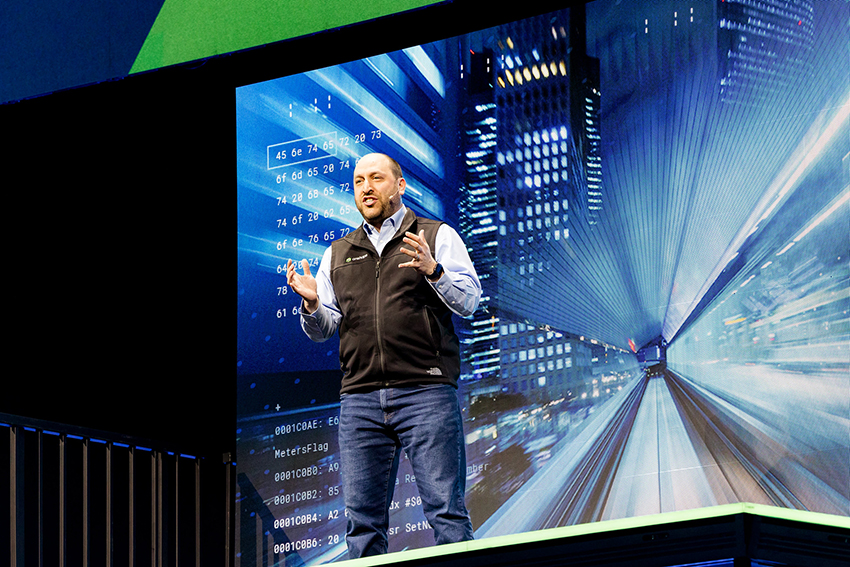
This was both complex and time-consuming compared to what Onshape could put on the table:
”When I went to Onshape’s website and talked to their bot, I was on a conference call with Onshape’s sales team an hour later. The next day I tested their solution without needing a license. After two weeks of beta testing, our team was up and running with Onshape,” says Tucoulat.
The time savings achieved by adopting Onshape further enhance the PDM savings, argues colleague Manon Navellou:
”We design something, prototype it, test it, make modifications and then start the loop again. It’s such a huge advantage that our engineers no longer have to waste time worrying about data management and can spend more time focusing on design.”
A coming $160 million business
Griffin Securities’ software analyst, Jay Vleeschhouwer, calculates with continued high growth levels for Onshape and Arena PLM, the Atlas package.
2024 the Atlas (Onshape/Arena) platform is estimated to bring in around $130 million, including software, maintenance and services. 2025 it is estimated to bring in $160 million.
How the Onshape platform and Arena PLM package commercially will evolve remains to be seen. For those who are interested to take a closer look at what an investment can bring to the table we recommend the new Onshape Discovery Program, which can help to evaluate Onshape risk-free.
Link: https://www.onshape.com/en/blog/announcing-discovery-program

